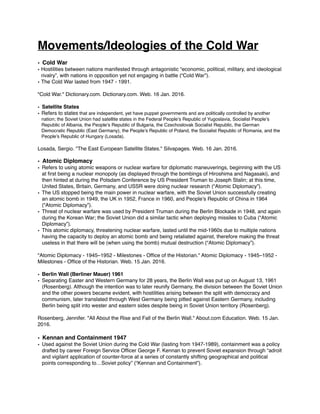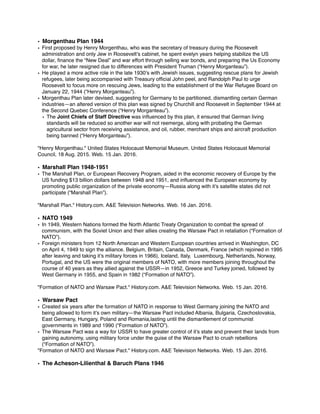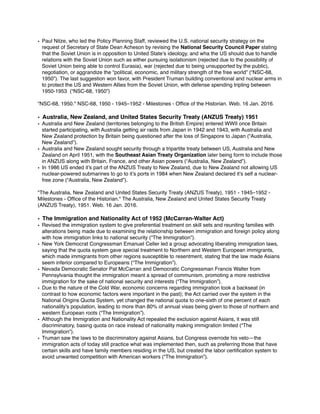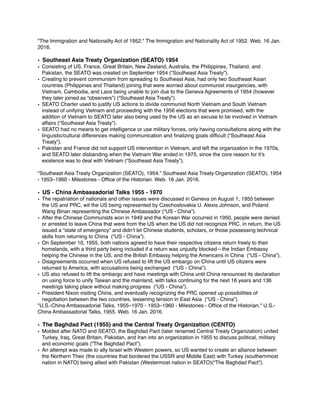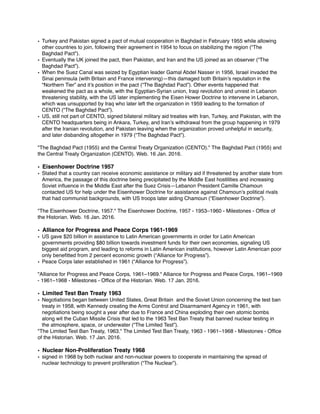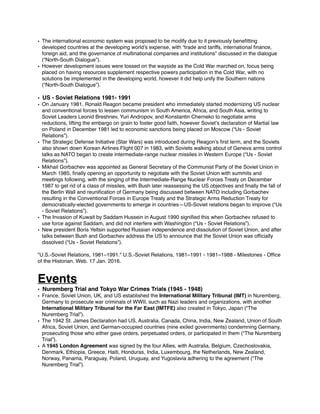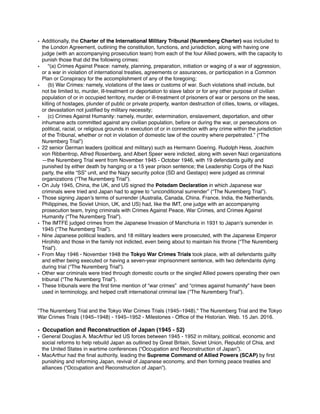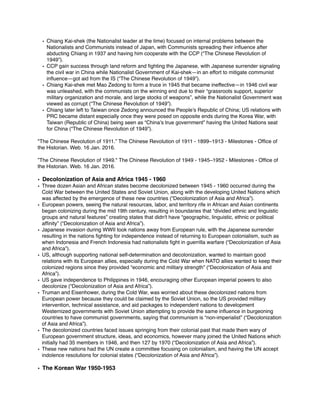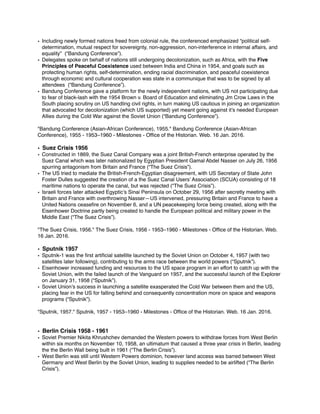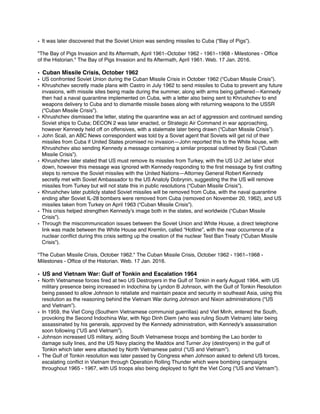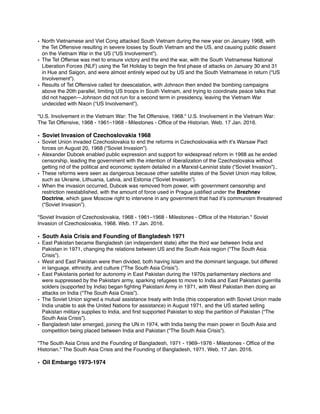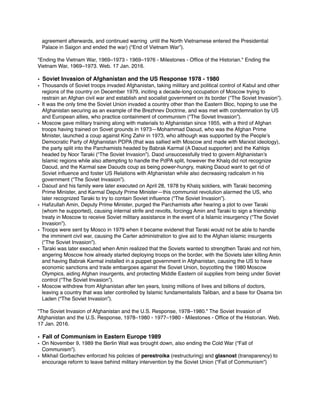The Cold War lasted from 1947 to 1991 and was characterized by political and economic tensions between capitalist and communist nations without direct military conflict. Key events and ideologies included the establishment of Soviet satellite states in Eastern Europe, the development of nuclear weapons and their use in diplomatic negotiations known as "atomic diplomacy," the construction of the Berlin Wall in 1961 dividing East and West Germany, and the policy of containment used by the US to prevent the spread of Soviet communism.
